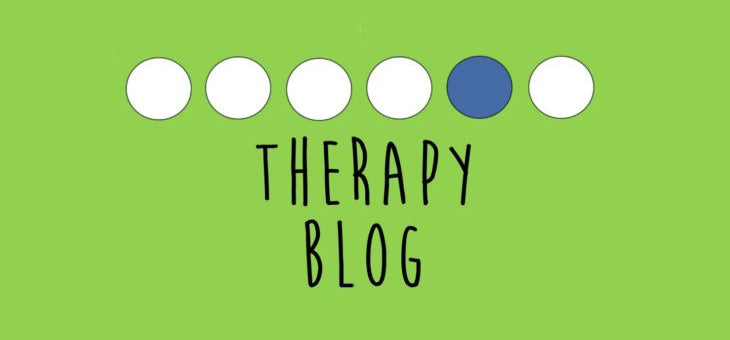
May 21 , 2021
One of the most exciting time periods in a young child’s life is when they realize that they have a voice and learn how to use it! This includes developing their speech to get their wants and needs met. While speech develops gradually over several years, you might notice that some children lag behind others. This may be a slight delay that children could grow out of, however, sometimes delays may persist beyond what is typical. A speech delay is commonly seen when children achieve their speech milestones by following the typical sequence, but at a delayed pace. On the other hand, a speech disorder may be when a child’s speech development does not follow the typical pattern. There may be several causes of speech disorders in young children.
Below are a few signs of speech disorders you might see in young children:
• Is hard to understand when speaking
• Is not producing many words
• Has trouble imitating sounds and words accurately
• Repeats first sounds of words like b-b-b-ball for ball
• Not saying sounds like p, b, m, h, d, t, k, g correctly
• Does not say words the same way every time
• Has trouble sticking their tongue out, lifting their tongue up or down, moving it from side to side
The above-mentioned signs may be characteristic of different speech disorders and conditions that may impact a child’s ability to communicate clearly and be understood. A few speech disorders are defined broadly below:
• Childhood Apraxia of Speech
o When a child knows what they want to say, but has difficulty planning and coordinating the complex, sequenced movements needed to produce speech sounds and words
• Speech-Sound Disorders
o When a child replaces, deletes, or distorts speech sounds
• Stuttering
o When a child gets stuck on words, repeats sounds over and over, or stretches sounds out
• Orofacial Myofunctional Disorders
o Muscle weakness or reduced coordination and range of motion of the lips, tongue, and parts of the mouth that can make it hard to understand a child’s speech – may also present as feeding/swallowing difficulties
It’s important to note that a young child’s speech can naturally be a little difficult to understand, and this is part of their developing speech. Typically, a child aged 1 will be approximately 25% understandable to unfamiliar listeners. A child aged 2 and 3 will be 50% and 75% understandable, respectively. By age 4, most children are roughly between 90-100% understandable. Some risk factors for development of speech disorders include a family history, the mother’s pregnancy and/or delivery complications, frequent ear infections, and sucking habits. Early identification of speech disorders can help you seek out appropriate interventions in a timely manner, which will ensure that your child gets back on track with meeting their speech milestones. Many times, when given early intervention, many children only require speech therapy for a short-term period. Don’t hesitate to contact your Pediatrician or consult with your local Speech-Language Pathologist if you notice your child displaying any of the signs mentioned above.
References
Fox, A. V., Dodd, B., & Howard, D. (2002). Risk factors for speech disorders in children. International Journal of Language & Communication Disorders, 37(2), 117-131.
Child Speech and Language. American Speech-Language-Hearing Association. Retrieved from
https://www.asha.org/public/speech/disorders/childsandl/
Childhood Apraxia of Speech. American Speech-Language-Hearing Association. Retrieved from https://www.asha.org/public/speech/disorders/childhood-apraxia-of-speech/

